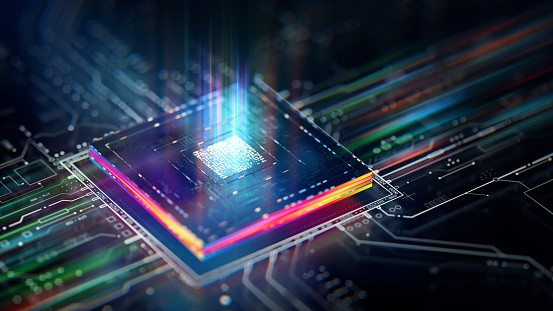
A team of physicists suggested using temporal circuit boards made using time crystals for correcting errors in quantum computers.
Harnessing the Potential of Quantum Computers
Quantum computers are expected to revolutionize computing with their superior computational capability. Some tasks which are too complex for classical computers, when resolved by quantum computers, can transform many sectors like medicine, logistics, education, finance, and defense.
Quantum computers are, however, still in their infancy, and at this point in time, no one yet has had the success to meaningfully create one. There have been efforts aimed at building desired types; the problem is that they all meet with problems of different kinds, most of which are considered likely to be solved.
One of the major challenges is the generation of an enormous number of errors in quantum computers, together with the good results. The errors on quantum computers occur because, while calculations are going on, qubits are interacting. These interactions cause their quantum states and the information they hold to degrade.
READ ALSO : Ultra-Robust Time Crystal Created in an Electron-Nuclear Spin System Offers Potential in Quantum Technology
Addressing the Errors in Quantum Computing
A recent paper by a group of three scientists from the Polish Uniwersytet Jagielloński and Swinburne University of Technology in Australia proposes a time crystal as a central component for quantum computers. The details of their study are discussed in the paper "Time-tronics: from temporal printed circuit board to quantum computer."
A new proposal by Krzysztof Giergiel, Krzysztof Sacha, and Peter Hannaford involves the idea of allowing the qubits to work together in a way that prevents their interaction from leading to degradation.The scheme proposed by these researchers would involve a temporal circuit board.
It would be a circuit board made of ultracold atoms that goes around in repeating patterns similar in form to those seen with normal crystals. This will form what the researchers call time crystals.
In condensed matter physics, a time crystal is a quantum many-body system whose elements are in periodic repetitive motion in their ground state. The concept was introduced around the mid-2010s.
A time crystal would thus repeat its structure in time, much like a normal crystal with repeated structure in space. Time crystals are almost like perpetual motion machines where atomic- or particle arrangements keep changing from one to another within repeated segments of time in an endless train of particles.
In such a case, the qubits would never diffuse because they are part of a quantum computer and are constantly in motion; therefore, they can pass each other and interact with each other in such manners that they would not degrade.
According to the research team, such a design would enable distant qubits to interact in ways that are not possible with current designs. In addition, they believe that this would open up options for more complex processing.
The results are still theoretical, and the physicists have not constructed such a computer. They claim to be working on one based on the use of ultracold potassium to make proposed time crystals.
Check out more news and information on Time Crystal in Science Times.
© 2025 ScienceTimes.com All rights reserved. Do not reproduce without permission. The window to the world of Science Times.












